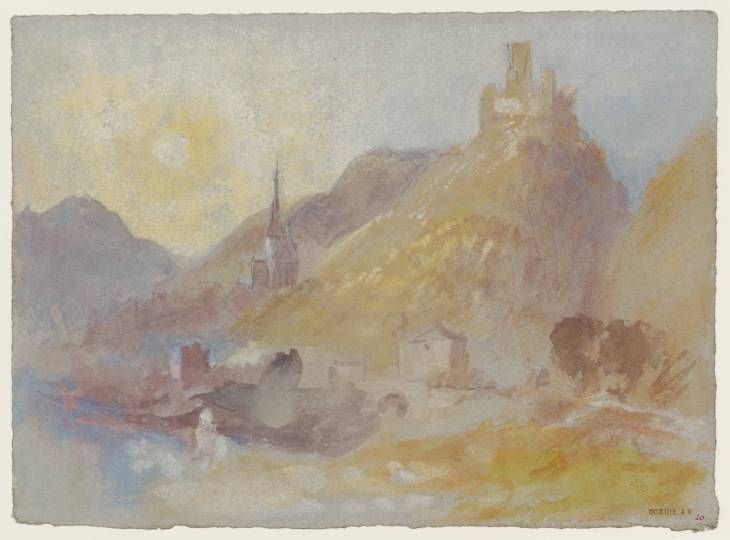Exhibition history
References
How to cite
Matthew Imms, ‘Klotten and Burg Coraidelstein on the River Mosel from the East, towards Sunset 1840 by Joseph Mallord William Turner’, catalogue entry, September 2018, in David Blayney Brown (ed.), J.M.W. Turner: Sketchbooks, Drawings and Watercolours, Tate Research Publication, December 2019, https://www

